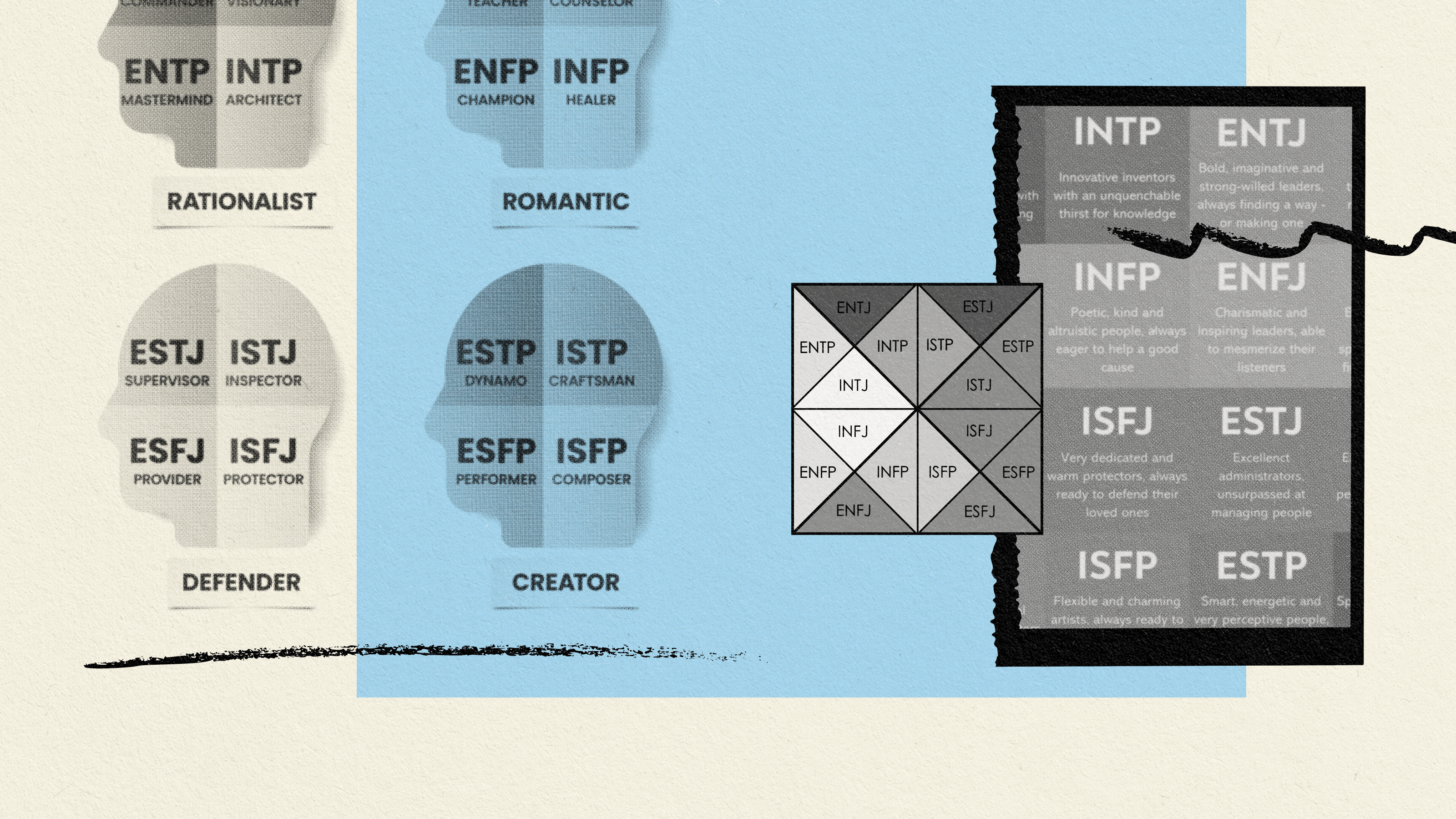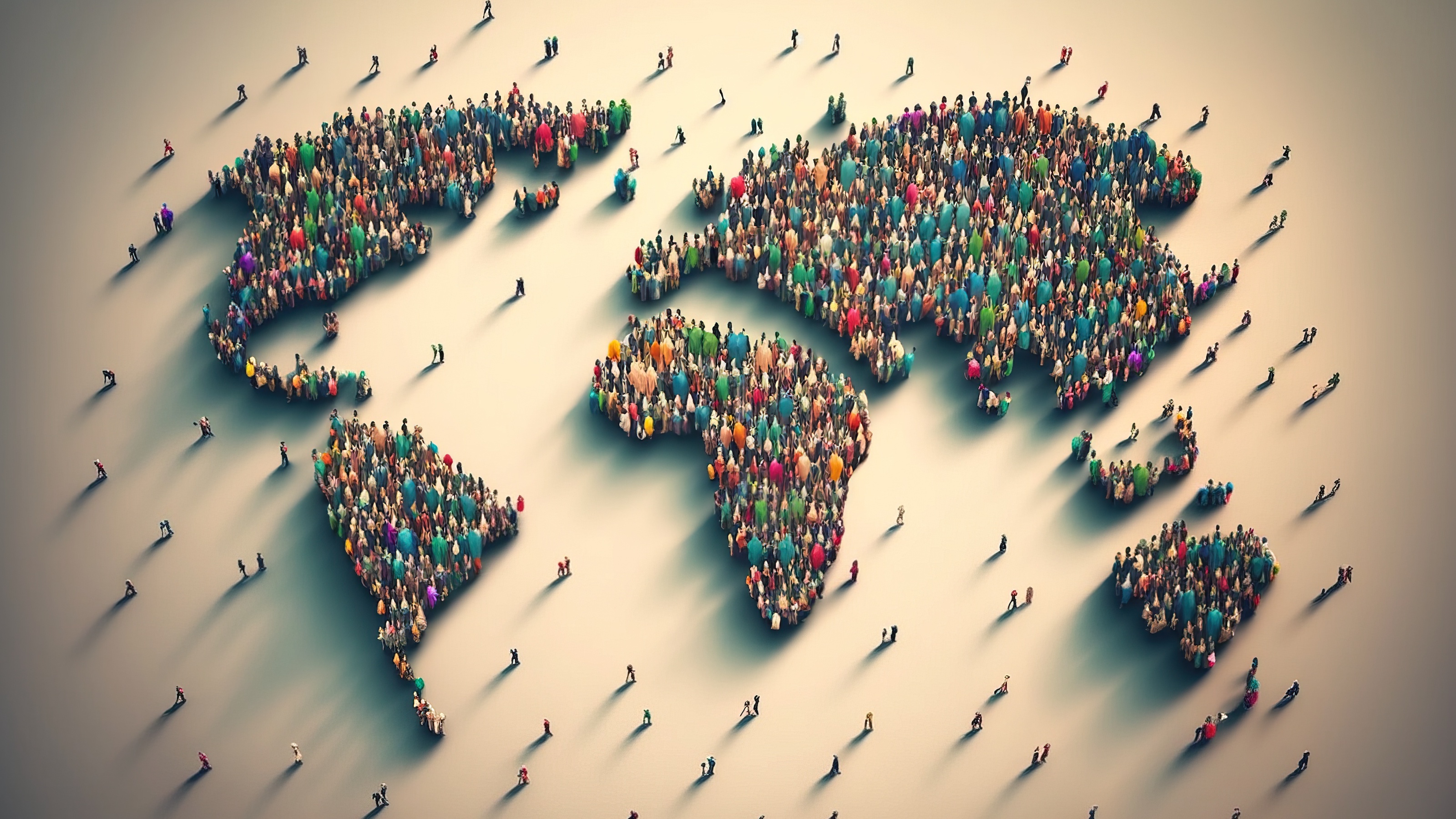What is socialism like in China?

FREDERIC J. BROWN/AFP/Getty Images
- China has undergone massive economic reforms over the last few decades while remaining officially communist.
- The state still has tremendous power over the economy, but private enterprise and markets dominate daily life.
- The question of if the Chinese economy is technically capitalist remains unanswered.
When people today think of a communist country, they often think of The People’s Republic of China. Once known as a promoter of global revolution, it is now better known as the workshop of the world and an increasingly powerful global influencer. But while most people know China is communist, they don’t know how that communism works. Is there a softer version we can more comfortably call socialism? If so, what is socialism like in China?
What is socialism like in China? How does it work? How did it get to be the way it is now?
After the establishment of the People’s Republic, Mao and his government got to work establishing a communist system in China. The system they instituted, known as Maoism, had more than a few problems.
During the Great Leap Forward, the overzealous name for the second five-year plan, the tendency for political goals to replace common sense had drastic consequences. General incompetence in agricultural planning, crack downs on dissent, and bad crop conditions caused a famine that killed around fifty million people.
After this fiasco, Mao was sidelined until he launched the Cultural Revolution, a socio-political movement dedicated to driving out perceived capitalistic influence in China. This event also wreaked havoc on the economy and resulted in the death of millions. It ended only with the death of Mao and the arrest of his high-level supporters in 1976.
Enter Deng Xiaoping and “Socialism with Chinese Characteristics”
In the late 70s, a moderate named Deng Xiaoping came to power. His administration was marked by various economic reforms that he collectively named “Socialism with Chinese Characteristics.”
Agriculture was de-collectivized, and farmers gained the right to sell their surplus. Special economic zones where foreign investment was allowed and state regulation was reduced were created. Price controls were relaxed for urban industries. Private businesses were allowed to exist again for the first time in decades. The Shanghai Stock exchange reopened, and many state corporations were privatized.
Unlike Gorbachev’s reforms in the USSR, many of these were first tried on a local level and then applied to China as a whole after they were proven to work. Many observers argue that this is why reform was successful in China while it was disastrous in Russia.
Since the beginning of these reforms, China has seen meteoric economic growth. As a result of this growth, the standard of living of millions upon millions of people has improved and the food shortages that plagued China vanished. There has been considerable liberalization of Chinese society as a whole, though it has been less than what Western analysts predicted it would be.
This sounds revisionist! Xiaoping sold out to Capitalism!
Lots of people argue that these reforms effectively abandoned communism in favor of state-guided capitalism, but there is a method to it that grants ideological justification. Xiaoping took a page out of Lenin’s playbook and was able to show how his actions were in line with accepted communist theory.
In 1921, the Soviet economy was in trouble. After a long and brutal civil war, food shortages were common and factories found it hard to find enough workers because of how many people had left the cities for the countryside. Popular discontent was rising. Lenin, having to think quickly or risk the collapse of the brand-new USSR, retreated from War Communism to the New Economic Policy, also known as the NEP.
This program allowed for some private control over the economy, especially in agriculture, and entrepreneurs known as NEPmen made decent amounts of money running small businesses in the urban areas. Heavy industries, banking, trade, and mining remained under state control. The system worked, and by 1928 the Russian economy had recovered from the triple punch of World War One, the revolution, and the civil war.
While the Bolsheviks understood that this was a new form of capitalism rather than a socialist system, Lenin argued this was acceptable. He pointed to Marx and his arguments that communism was only possible in countries that had reached the highest level of capitalism. The NEP was merely a transitionary period between the pre-war system of the Tsarist regime and the future communist utopia he presumed would come to pass. It lasted until 1928 when Joseph Stalin, initially a supporter of the program, abolished it in favor of central planning.
Socialism with Chinese Characteristics has a similar motivation. Deng Xiaoping understood and admired the NEP and referred to it several times during the reform process.
So, what does the state do today?
The Chinese government still controls a large portion of the economy. The commanding heights are still under state control, and government monopolies exist in some industries. Five-year plans are issued, but the goals are broader than they used to be and direct planning of output goals is typically limited to state-owned enterprises. They also now call them “guidelines” instead of “plans.”
Many private companies are at least partly owned by the state. This partial ownership is so prevalent that it is difficult for some observers to decide how large the private sector in China is. Other companies which are firmly in private hands often have association or partnership with the government. Sometimes, this association is written into their charters. All private companies are required by law to have a party organization in them, although until recently this was mostly a symbolic gesture.
How does it work in practice?
I lived in Beijing for a year as an English teacher and found myself looking for the differences between American capitalism and Chinese socialism fairly frequently. It wasn’t anywhere near the clubs at Worker’s Gymnasium or its parking lot filled with luxury cars driven by the playboy children of well-connected industrialists. I looked at the luxury malls and couldn’t find it there either. It certainly wasn’t to be found at the gift shop behind the tomb of Mao Zedong.
I did my banking at a state-run bank, but the experience of doing business there was the same as it is at any privately-owned bank in the West. I often traveled by state-owned train and found that it could either be top of the line and luxurious or crowded and somewhat outdated depending on what route you were taking. I shopped at convenience stores owned by my neighbors which were never short of anything.
Socialism with Chinese Characteristics is a strange thing. Fusing state control of the commanding heights of the economy with a high amount of foreign investment and regulated capitalism, the question of it is a capitalist or socialist system isn’t one that is easily answered. It might not matter very much though, as China’s more recent leaders have been more pragmatic than ideological. Deng Xiaoping once famously compared capitalism and socialism to a black and white cat and argued that “It doesn’t matter whether the cat is black or white, as long as it catches mice.“
Given how China is likely to surpass the United States economically by 2020, it seems they found a great cat.





